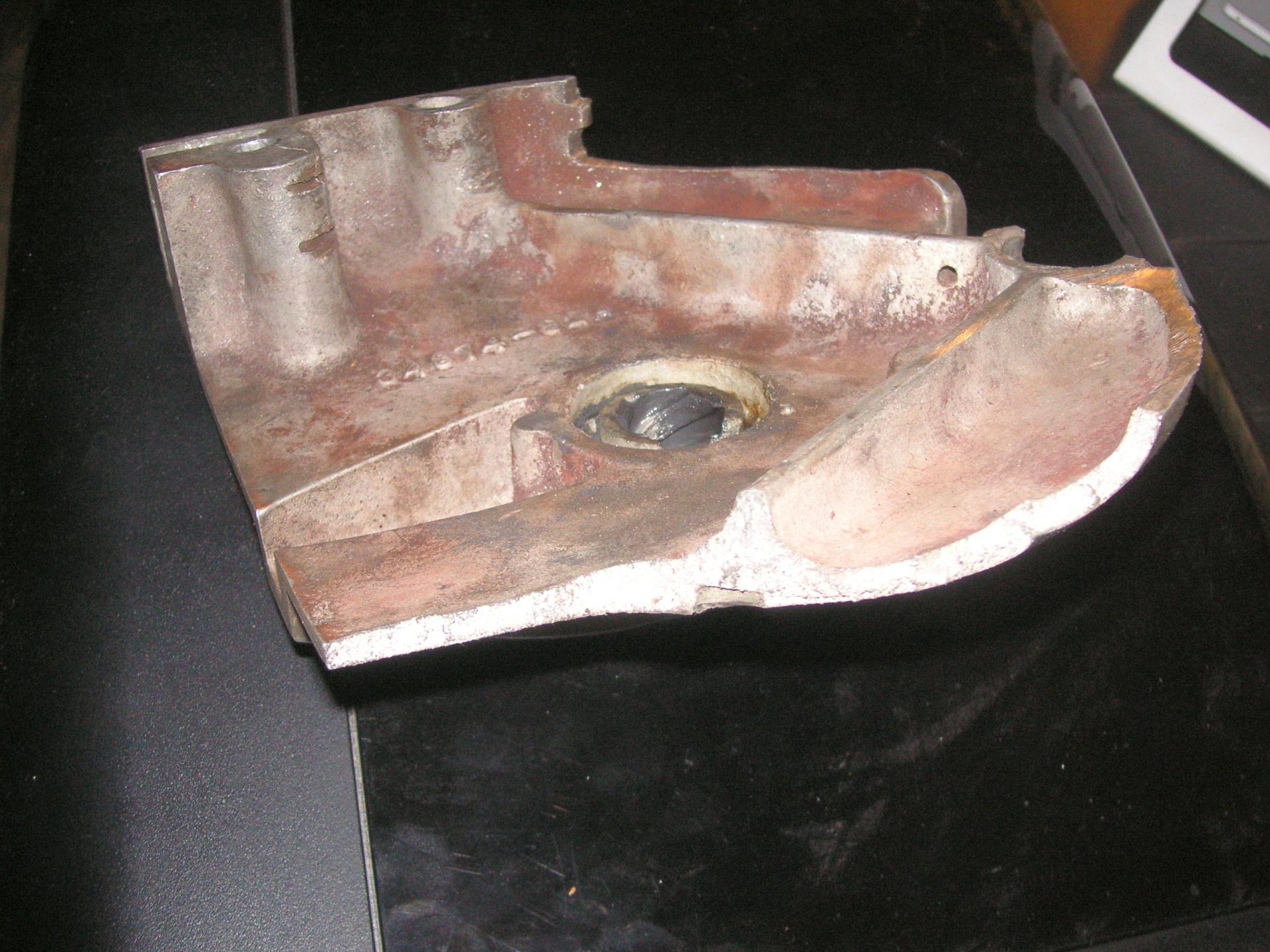
This was a real tragedy, it broke the cases of my 1962 Sportster right through the speedometer drive area in the transmission. Rather than taking the engine completely apart, I used JB Weld to put the case back together. It has held up, and does not leak, but I have not put many miles on the bike since then.
I thought the way I let this happen was letting chain get too loose. On my other 5 Sportsters, I use O-ring chains that I put on with a brand new transmission sprocket. They usually last a lifetime, since I divide my miles across all the bikes. For the 1962, the sprocket cover was too narrow, and an O-ring chain would grind chunks of aluminum out of it.
So for the 1962 Sportster, I used a conventional chain, but I had no chain oiler. Yes the chain did get saggy when it broke, but it was not a loose chain itself that broke the cases. What happened was the chain adjuster on the swing-arm right side broke where the stud attaches to the ring that the axle runs through.
So I was on the throttle leaving for work, and the adjuster broke, and the torque pulled the axle all the way forward. That put so much slop in the chain, it could double-up and jam in the sprocket cover, wrecking it and blowing a chunk out the engine case. One 3-dollar part.















